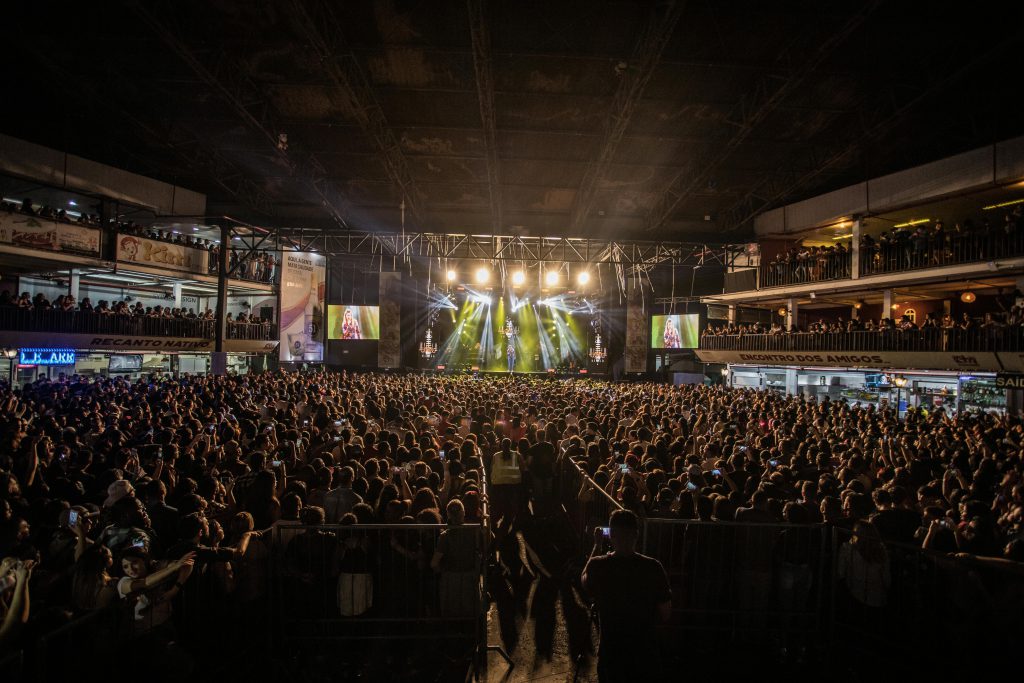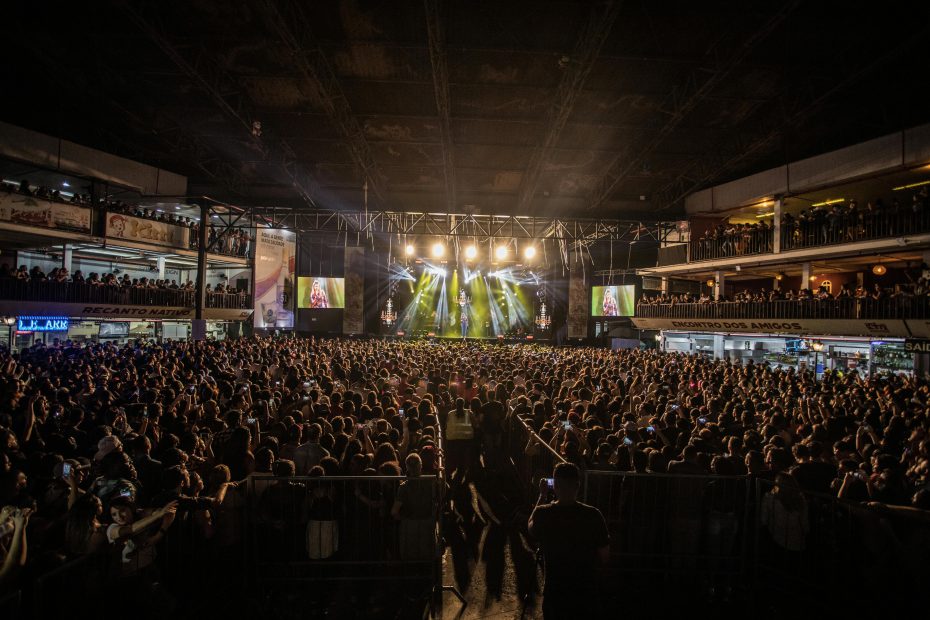Is There Such a Thing as a Multi-Speaker Bluetooth PA?
A multi-speaker Bluetooth PA system would be a game-changer for musicians, event organizers, and public speakers who need a wireless solution for sound reinforcement. Traditional PA systems rely on wired connections to ensure stable and synchronized audio, but as Bluetooth technology improves, many are wondering if a multi-speaker Bluetooth PA is a viable option.
In this article, we will explore the feasibility of multi-speaker Bluetooth PA systems, the challenges they face, and the best options currently available. Whether you are looking for a simple portable setup or a more advanced multi-speaker configuration, understanding the strengths and limitations of Bluetooth for PA use is essential.

Understanding Multi-Speaker Bluetooth PA Systems
What Is a Multi-Speaker Bluetooth PA System?
A multi-speaker Bluetooth PA system is a sound reinforcement setup that uses Bluetooth technology to connect multiple speakers wirelessly. Unlike traditional PA systems that require cables to link speakers, this type of system would allow users to place speakers freely without worrying about long cable runs.
The Appeal of Bluetooth in PA Systems
Bluetooth technology has made great strides in recent years, offering features that could benefit a multi-speaker Bluetooth PA, such as:
Wireless connectivity – No need for cumbersome cables.
Portability – Ideal for mobile performers, buskers, and event organizers.
Ease of setup – No complex wiring or configuration required.
Multi-speaker pairing – Some newer Bluetooth technologies support multiple connected speakers.
However, while Bluetooth is great for personal audio devices, it faces several challenges when applied to professional multi-speaker Bluetooth PA systems.
Challenges of Using Bluetooth for PA Systems
1. Latency Issues
One of the biggest challenges of a multi-speaker Bluetooth PA is latency—the delay between when audio is transmitted and when it is played through the speakers. This can cause:
Echo effects if speakers are not perfectly synchronized.
Unacceptable delays for live performances.
Difficulties in maintaining tight audio timing for musicians and public speakers.
2. Limited Bluetooth Range
Most Bluetooth devices have a range of 30-100 feet in ideal conditions. However, real-world environments with obstacles, interference, and multiple devices can reduce the effective range significantly. A multi-speaker Bluetooth PA system would need strong Bluetooth signals to maintain stable connections across a venue.
3. Audio Compression & Quality Loss
Bluetooth uses audio compression to transmit sound wirelessly, which may reduce audio quality compared to wired connections. While aptX and AAC codecs improve quality, they are not always available across all devices, limiting the potential of a multi-speaker Bluetooth PA setup.
4. Synchronization Between Multiple Speakers
Most Bluetooth speakers are designed for single connections, meaning that a multi-speaker Bluetooth PA setup would require a system that allows speakers to sync perfectly. Some newer technologies, such as Bluetooth LE Audio, offer better multi-device synchronization, but they are still not widespread in PA systems.
Are There Any Multi-Speaker Bluetooth PA Systems Available?
Despite the challenges, some brands have developed multi-speaker Bluetooth PA systems that attempt to overcome these limitations. Let’s look at a few options.
1. Bose S1 Pro+ (with Wireless Linking)
Pros: Portable, battery-powered, good sound quality.
Cons: Limited wireless range, not true Bluetooth PA functionality.
The Bose S1 Pro+ allows wireless linking between two speakers, which is useful for small multi-speaker Bluetooth PA setups. However, it is not a true professional PA system and may not be suitable for large venues.
2. JBL EON One Compact (with Bluetooth Pairing)
Pros: Lightweight, good audio quality, can link multiple units.
Cons: Limited control over multi-speaker setups, Bluetooth range issues.
The JBL EON One Compact allows Bluetooth streaming and can pair with another speaker, but the synchronization is not perfect, making it a weak candidate for a professional multi-speaker Bluetooth PA.
3. SoundBoks Gen 3
Pros: High volume output, strong battery life, can connect multiple units via Bluetooth.
Cons: Latency issues make it unreliable for live sound.
SoundBoks Gen 3 offers a “TeamUp” mode, allowing multiple speakers to be wirelessly connected. However, Bluetooth-based latency is still a concern, especially for real-time PA applications.
Alternative Wireless Technologies for PA Systems
If Bluetooth has too many limitations for a multi-speaker Bluetooth PA, what other wireless solutions exist?
1. Wi-Fi-Based PA Systems
Wi-Fi-based audio transmission offers better range, higher fidelity, and lower latency than Bluetooth. Some systems allow multiple speakers to be controlled via an app, making it a better alternative for a multi-speaker Bluetooth PA system.
Pros: More stable connection, better audio quality.
Cons: Requires a Wi-Fi network, more setup complexity.
2. RF Wireless PA Systems
RF (Radio Frequency) wireless technology is commonly used in professional audio. Wireless microphones, in-ear monitors, and wireless PA speaker setups often rely on RF for zero-latency audio transmission.
Pros: No latency, reliable over long distances.
Cons: More expensive than Bluetooth, requires specific equipment.
3. UHF Wireless PA Systems
Some PA systems use UHF (Ultra High Frequency) transmitters to wirelessly link speakers. These offer better range and lower latency than Bluetooth.
Pros: High-quality audio, long-range transmission.
Cons: Requires compatible PA equipment, more expensive than Bluetooth
Is a Multi-Speaker Bluetooth PA System Worth It?
While Bluetooth has improved significantly, it still has major limitations for multi-speaker PA applications. The biggest concerns are latency, range, and audio quality, which make Bluetooth unreliable for professional use.
That said, if you only need a simple, portable PA system for background music or announcements, a multi-speaker Bluetooth PA may be sufficient. However, for live performances, large venues, or professional audio work, wired or Wi-Fi-based solutions remain the best options.
Who Should Consider a Multi-Speaker Bluetooth PA?
✔️ Street Performers – If you need an easy-to-carry, battery-powered system.
✔️ Small Events – For background music or speeches where latency isn’t critical.
✔️ Casual Users – If you want a simple setup for home or small venue use.
Who Should Avoid a Multi-Speaker Bluetooth PA?
❌ Live Musicians – Latency issues make Bluetooth unsuitable for live performance.
❌ Large Event Organizers – Bluetooth’s range limitations can cause dropouts.
❌ Professional Audio Engineers – Bluetooth cannot match the quality of wired systems.
A multi-speaker Bluetooth PA system sounds like a great idea, but current Bluetooth technology still faces major obstacles in professional sound reinforcement. While some consumer-grade Bluetooth PA speakers offer multi-device pairing, they often suffer from latency, range, and synchronization issues.
For professional applications, Wi-Fi-based, RF, or UHF wireless PA systems are more reliable. However, if you need a simple multi-speaker Bluetooth PA for casual use, some options like Bose S1 Pro+ or JBL EON One Compact may work for small-scale setups.
Would you consider using a multi-speaker Bluetooth PA, or do you prefer traditional wired systems? Let us know in the comments!
